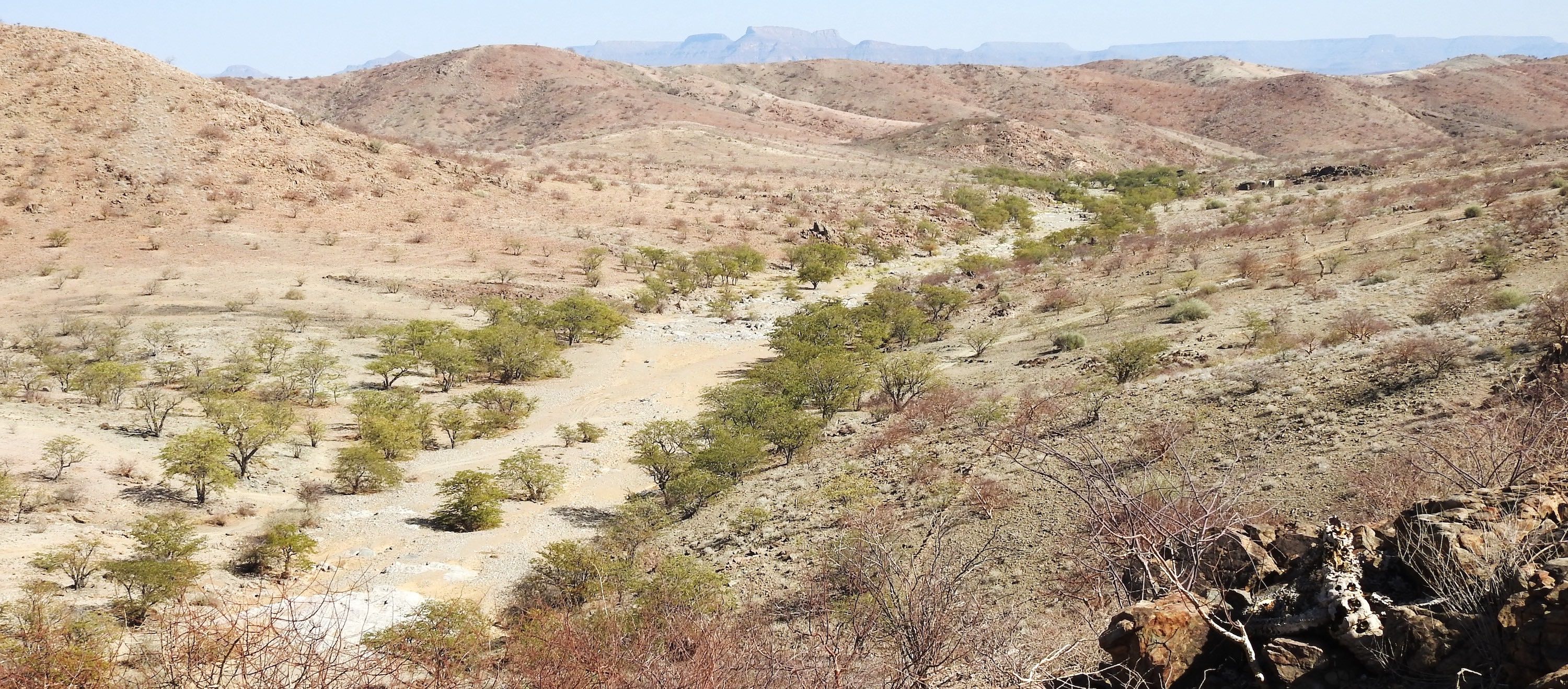

It's about time, not distance – flying for rhino and elephant conservation
24th January 2022
In Namibia's vast Kunene Region you don't measure a trip from here to there in distance; you measure it in time. Palmwag and Desert Rhino Camp in the southern Kunene are ten nautical miles apart. Ask someone at Palmwag where Desert Rhino Camp is and he will point westwards and say net oor die bult
or just over the ridge
. To drive between the two – on a rough track through the Palmwag concession – takes over an hour. Walking there is a day-long hike over rocky ridges and down steep valleys. By aircraft it is a three and a half minute flight.
This landscape was forged by lava, seismic activity, wind, water, and scorching sunshine over millions of years. These intense earth-shaping forces have produced one of the harshest terrains on our planet. The extreme terrain has created a natural fortress – a barrier to outsiders and a haven for those that can survive in this land of sun baked basalt and hardship. The wildlife that has adapted to life in the Kunene's mountains and valleys is unique, not in their physiology, but in their generational knowledge – survival messages – passed on from old to young over the ages.
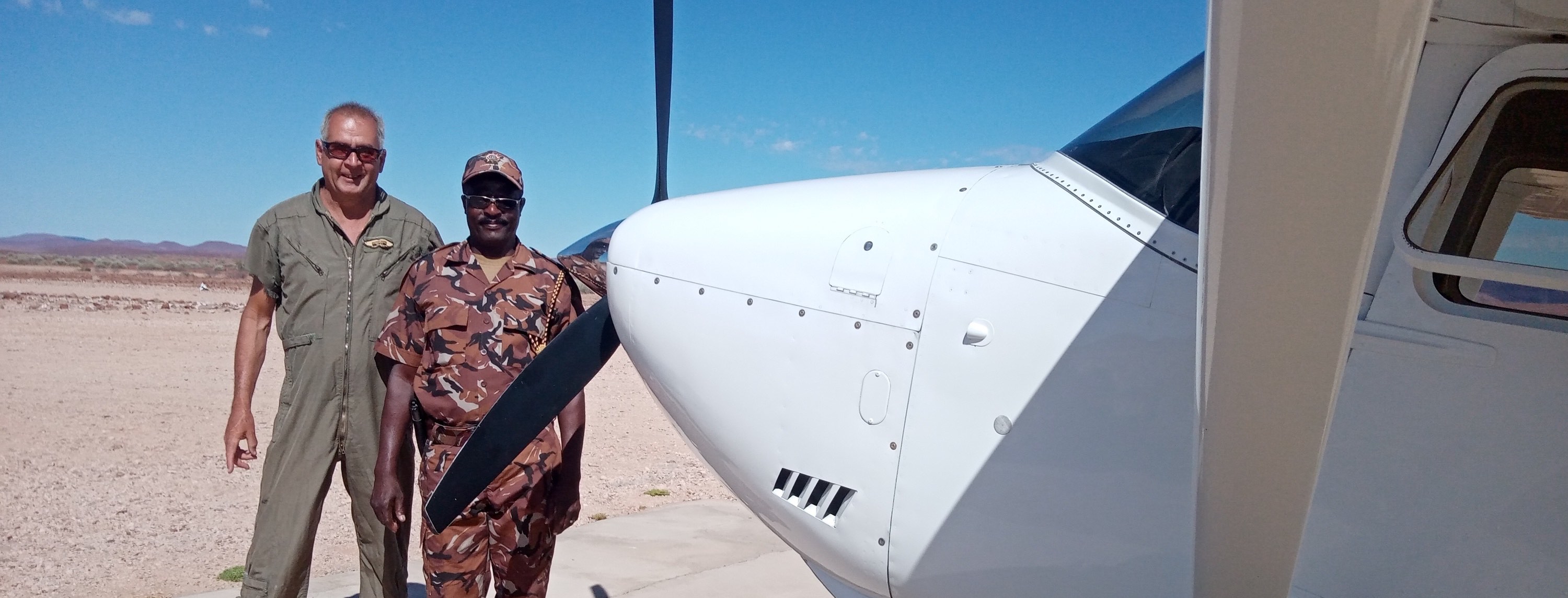
What might surprise the visitor that arrives by land is that the ruggedness of the terrain stretches above ground as well. Your three and a half minute flight will take you between towering flat-topped Etendeka Mountains, over a series of successive basalt ridges, along an ancient drainage line, and into a chasm that was formed as the earth shook. The rivers of air can be kind and forgiving on calm days, but harsh and even deadly when the air is moving like a wild torrent: streaming air-falls, hidden vortices and standing wave rapids combine to make flying more like white-water rafting.
As treacherous as flying over the Kunene Region can be, the ability to cover vast areas in a short time is useful for both anti-poaching and wildlife monitoring purposes. In December 2021, a joint security and monitoring aerial operation was launched with the dual goal of supporting the ongoing anti-poaching efforts (focused on rhino) and estimating the elephant population between the Ugab and Hoarusib Rivers. An operation like this needs diverse partners who nonetheless share a common goal: the conservation and protection of a piece of our planet that is unique and irreplaceable. Westair, Save the Rhino Trust, the Namibian Chamber of Environment, Rooikat Trust, Namibian Police, Ministry of Environment, Forestry and Tourism, Gondwana Collection and Wilderness Safaris joined hands for an operation with ambitious yet achievable goals.
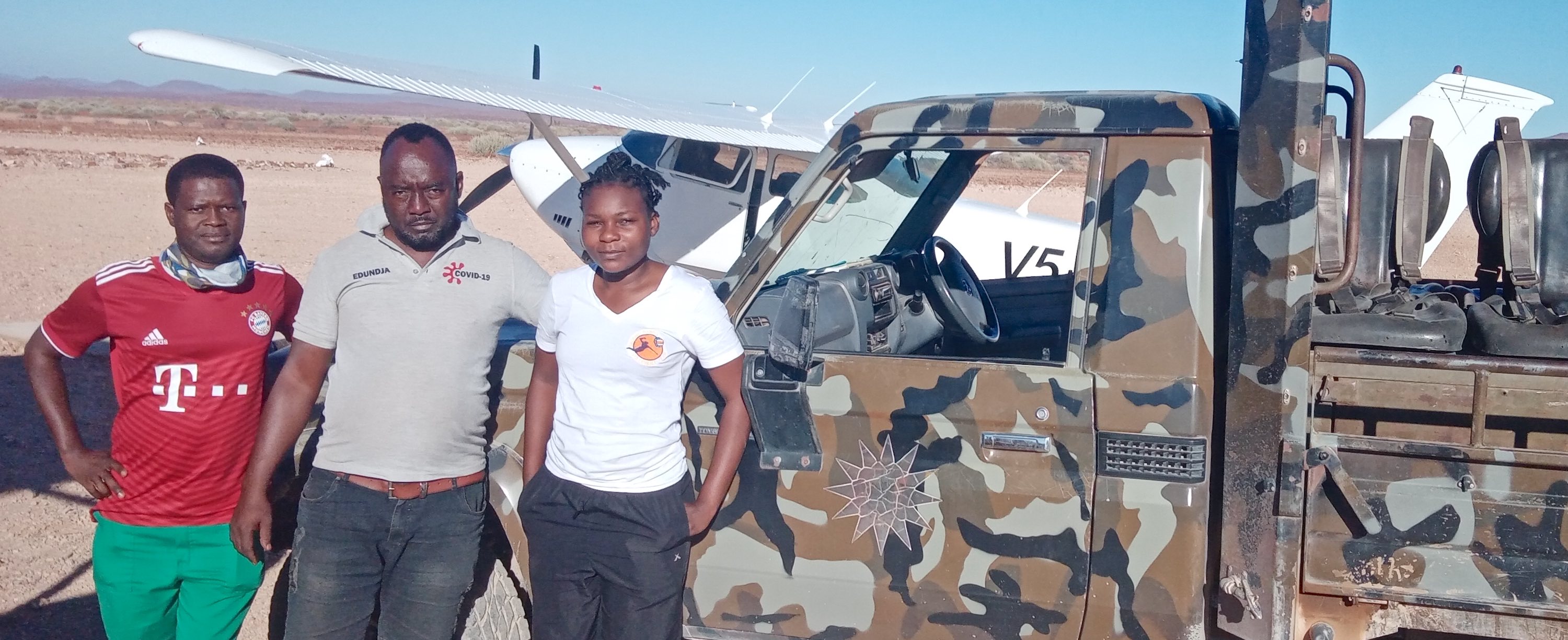
The early morning calm, when the rocks are covered with a glowing blanket of pink, is the right time to kick the tyres and light the fires of your big continental engine and head for the skies. In the oblique light, the plants and animals below cast long shadows and thus stand out like miniature castles within their own mountainous fortress. The black rhinos are descending from high up on the ridges after a night of foraging, sending up puffs of dust with each heavy footfall made along their well-worn paths. The Hartmann's mountain zebras secure the highest vantage point available and seem to be watching the rising sun. Giraffe shadows twenty metres long give away their position as they forage on similarly long-shadowed trees. This all happens amidst the morning chorus croaked out by dozens of Rüppell's Korhaan.
As the shadows shorten you will notice the westward-flowing drainage lines, incised in the ancient larval topography and converging into ever-larger river systems, until they finally terminate in the Atlantic Ocean. These ephemeral rivers are linear oases that provide food and water for desert-adapted elephants, especially during the long dry season. Without the Ugab, Huab, Uniab, Hoanib and Hoarusib Rivers, these desert-adapted giants would not survive.

While we know that the elephants spend most of their time in the riverbeds, finding and counting them is not that easy – if they are foraging under large trees when we fly over, obtaining an accurate count would be difficult. Lady luck smiled on us this time, however, as not only did we find the elephants in all the rivers, but they were in relatively open spaces that made counting easier than usual. The best sighting was nearly a case of mistaken identity. Dop Steek pass near Wereldsend is a popular picnic site for tourists en route to the Skeleton Coast National Park, so named because it is a good spot to have a drink (steek ‘n dop) at sunset. Approaching Dop Steek from a distance, I was therefore not surprised to see a group of tourists stopped for a dop. This soon changed when we got closer, however, as the figures standing around the Dop Steek picnic site were not tourists but a herd of elephants!
The other aspect of our aerial operation was to protect the black rhinos during a time that is known for increased poaching activity. In a short but intense period of flying time over southern Kunene, everyone living in the area was aware of our presence, while we reported any suspicious activities and daily traffic along the roads in the area. Locations of animal mortalities were noted for further investigation by the dedicated ground teams. Despite the extreme flying conditions, we returned safely each day.
The Kunene Region, in all its wild splendour, is a dangerous place. It is harsh, unforgiving and beautiful. Despite their amazing adaptations for survival, the wild animals in this region live on the very edge of existence. This is especially the case for the elephants, given their massive food and water requirements that are barely met in a desert environment. For rhinos, the greater danger is posed by humans seeking to kill them for their valuable horns. Our intense, sometimes hazardous, aerial operations were amply rewarded by glorious desert sunrises and the satisfaction that comes from contributing to rhino and elephant conservation.

For articles on similar topics, please click one of the following options:
If you enjoyed this page, then you might also like:



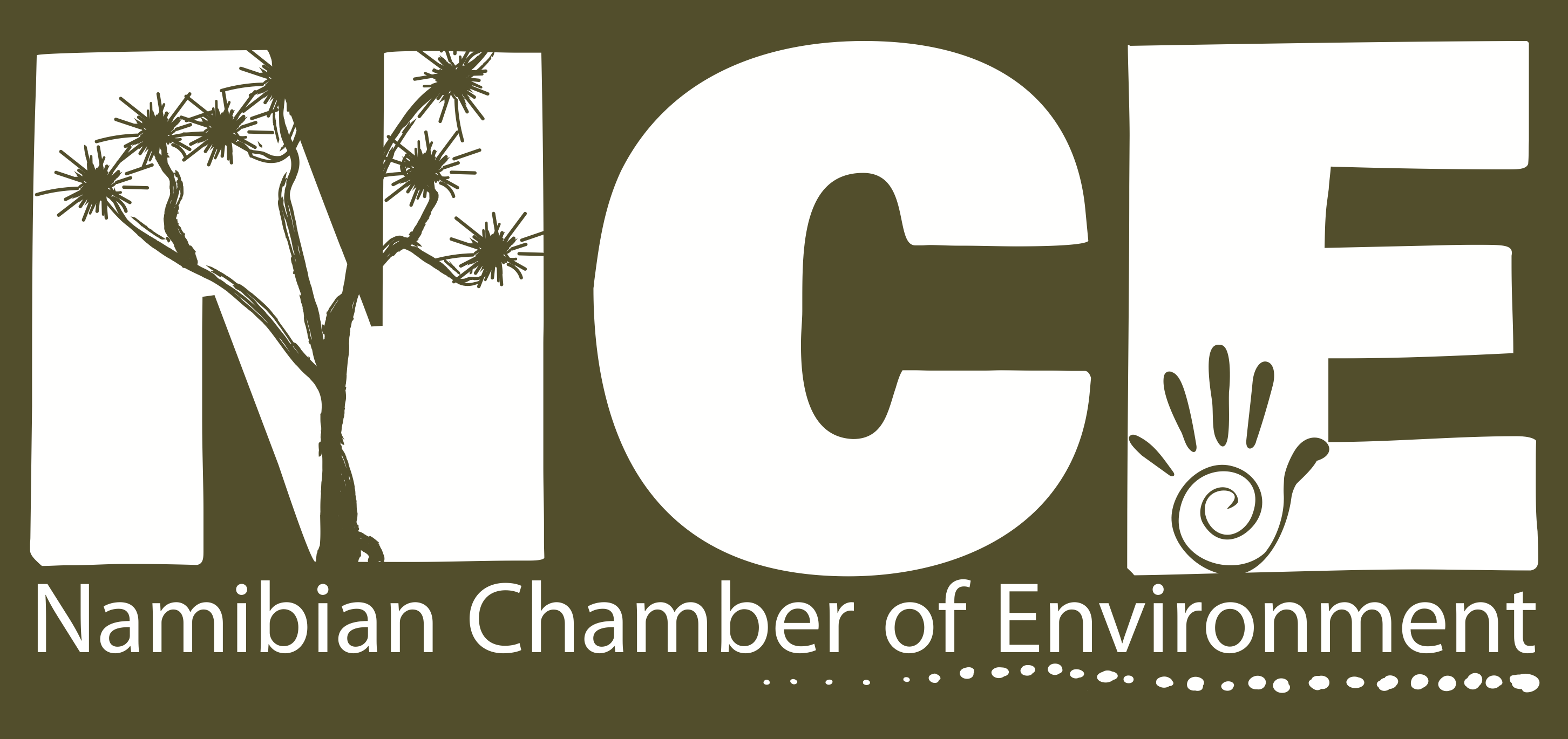
This operation was made possible with support from Westair and Welwitschia Insurance Brokers that maintain the Cessna 182-V5 WOT that can be used by NCE members for environmental and conservation-related projects. Those wanting to use the plane need only to pay for fuel and landing costs, provided they book with NCE in advance (see here for the booking form).
This operation was made possible with support from Westair and Welwitschia Insurance Brokers that maintain the Cessna 182-V5 WOT that can be used by NCE members for environmental and conservation-related projects. Those wanting to use the plane need only to pay for fuel and landing costs, provided they book with NCE in advance (see here for the booking form).
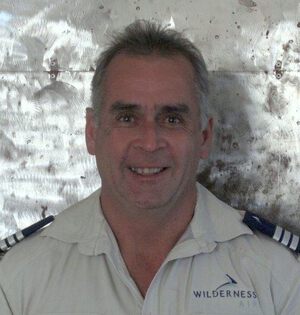
Dr Conrad Brain is a Namibian conservationist, bush pilot and wildlife veterinarian who has been involved in conservation and anti-poaching flying for the past 25 years. He has been part of nationwide wildlife aerial surveys that form an integral part of wildlife monitoring and conservation work. He has a PhD in Medical Physiology and uses his combined skills of wildlife veterinary medicine, physiology and professional flying to protect and treat Namibian wildlife.
Dr Conrad Brain is a Namibian conservationist, bush pilot and wildlife veterinarian who has been involved in conservation and anti-poaching flying for the past 25 years. He has been part of nationwide wildlife aerial surveys that form an integral part of wildlife monitoring and conservation work. He has a PhD in Medical Physiology and uses his combined skills of wildlife veterinary medicine, physiology and professional flying to protect and treat Namibian wildlife.
We use cookies to monitor site usage and to help improve it. See our Privacy Policy for details. By continuing to use the site, you acknowledge acceptance of our policy.